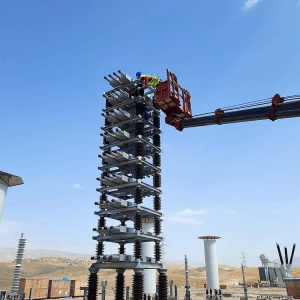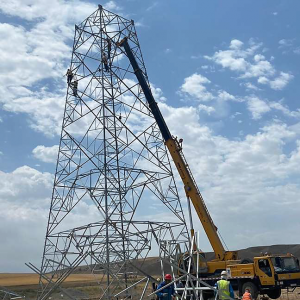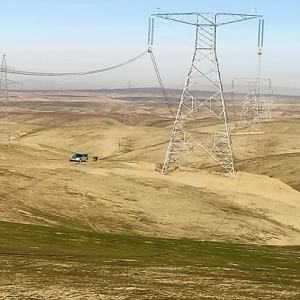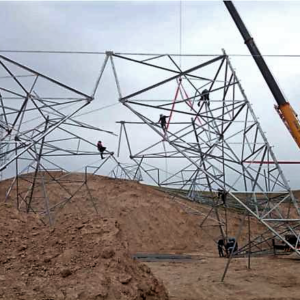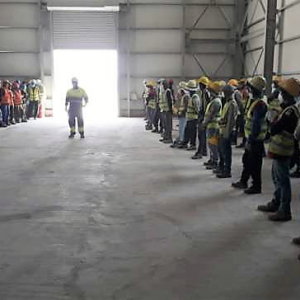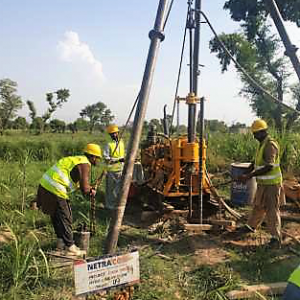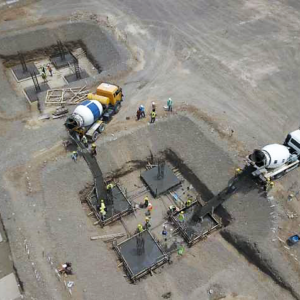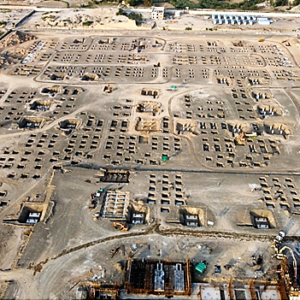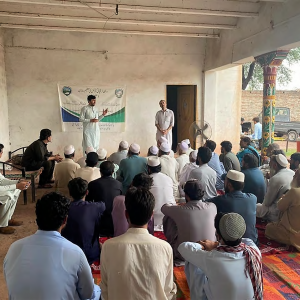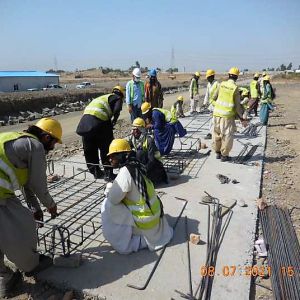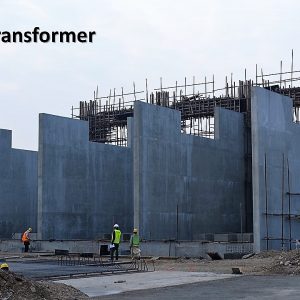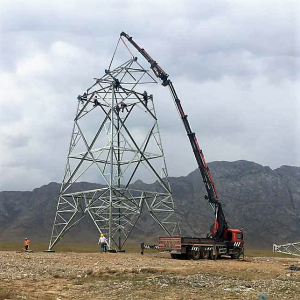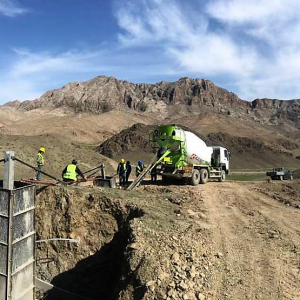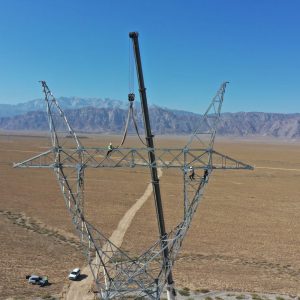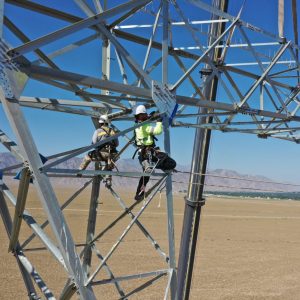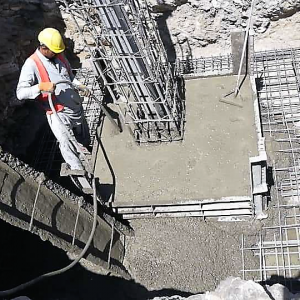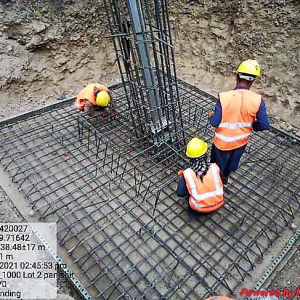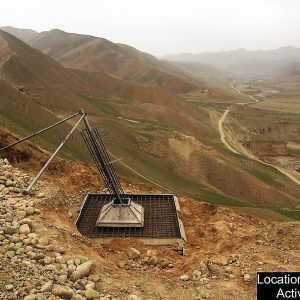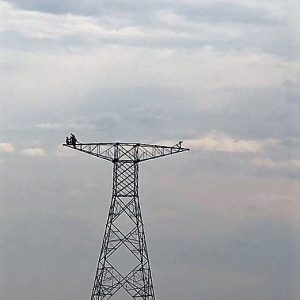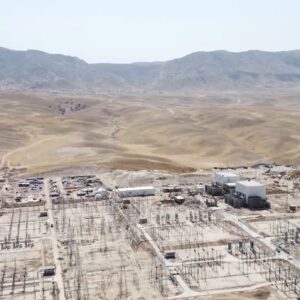CASA-1000: Increasing clean energy availability and access in Central and South Asia

What is CASA-1000?
CASA-1000 is an ambitious renewable energy infrastructure construction project that will bring 1,300 megawatts of surplus electricity from Central Asia to high demand electricity markets in South Asia through new energy infrastructure. Each region gains from this project. This multinational, multi-donor infrastructure project expands renewable energy access in Central and South Asia, delivering substantial benefits to regional power grids and individual electricity users in the region.
The Central Asian countries of Kyrgyzstan and Tajikistan have some of the world’s most abundant clean hydropower resources. With summer rainfall and significant water flow from the mountains, both countries produce surplus electricity during the summer. In neighboring South Asia, Afghanistan and Pakistan contend with chronic electricity shortages, especially during the sweltering summer months. This leads to frequent power cuts that hurt industrial production, close small businesses, and endanger citizens who have no cooling opportunities during heat waves.
By connecting the four countries through a shared electricity transmission system, Kyrgyzstan and Tajikistan can sell clean hydropower-produced surplus electricity in summer months to millions of people live without electricity altogether. Afghanistan and Pakistan, the two South Asian countries are also working to improve overall electricity access.
Through their cooperation on CASA-1000, the governments of Afghanistan, Kyrgyzstan, Pakistan, and Tajikistan are harnessing clean energy, building a shared regional electricity market, fighting climate change, and increasing the standard of living for their populations.

The Importance of CASA-1000
CASA-1000 complements the four participating countries’ efforts to improve electricity access, integrate and expand markets to increase trade, and find sustainable solutions to water resource management.
Developing a strong economy with good opportunities, modern infrastructure, proper social services, and inclusive growth requires a well-functioning electricity system that provides clean, reliable energy to businesses and residential consumers. CASA-1000 is an important step in strengthening the electricity systems across Central Asia and South Asia. By facilitating clean power export revenues for the Central Asian countries and by alleviating electricity shortages in the South Asian countries, this project enhances growth prospects across both regions. CASA-1000 is a key element for achieving sustainable economic development across the regions.

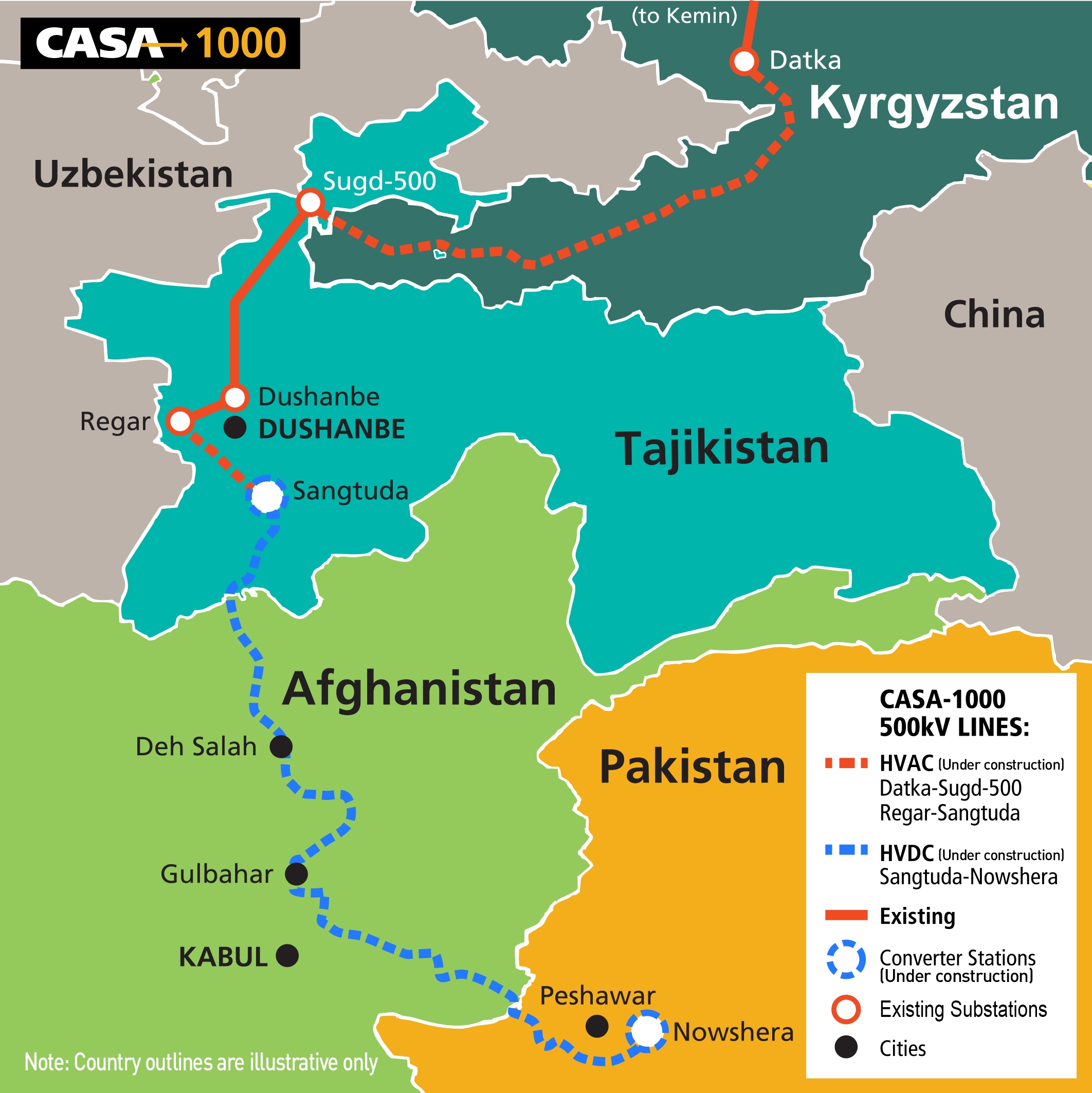
The dashed lines and blue circles indicate CASA-1000 facilities currently under construction
The CASA-1000 Power Transmission System
The CASA-1000 system, when completed, will include 1,387 km of high voltage alternating current (HVAC) and high voltage direct current (HVDC) transmission lines. The full CASA-1000 transmission lines will move electricity at high voltage between Kyrgyzstan and Tajikistan and from Tajikistan to Afghanistan and Pakistan. The project is currently constructing new HVAC transmission lines in Kyrgyzstan and Tajikistan to link the Kyrgyz and Tajik power systems to new HVDC facilities. The two new HVDC converter stations currently under construction—one located in Sangtuda, Tajikistan and the other in Nowshera, Pakistan—will be linked by an HVDC transmission line to efficiently transmit electricity to Pakistan. The new HVDC converter station in Nowshera will then link power into Pakistan’s existing HVAC transmission network.
Total Length of Transmission Lines across four CASA Countries
Total Power Trade Capacity
Total Electric Power Transmission Towers to be Constructed in the four CASA Countries
